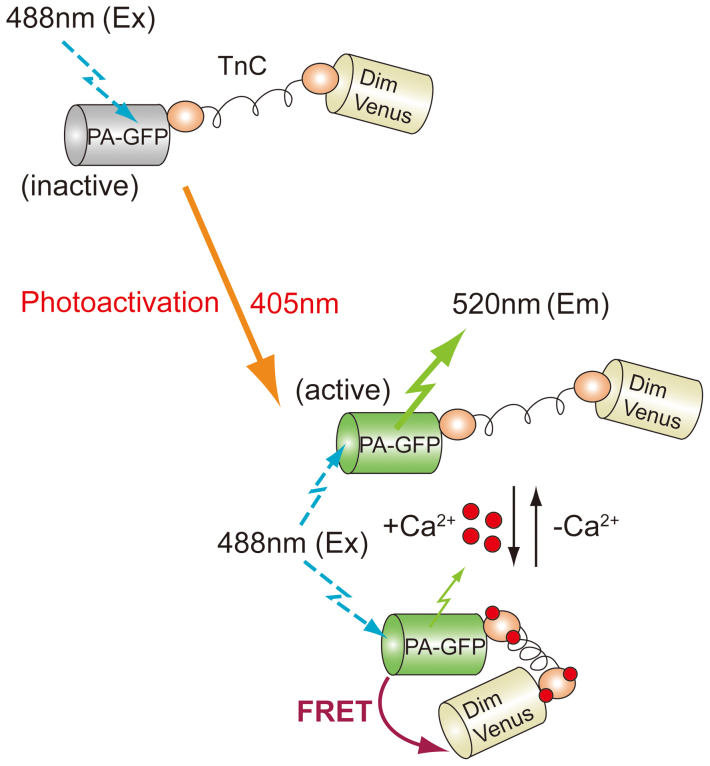Figure 1. Schematic representation of the photoactivation and Ca2+-sensing mechanism of PA-TNXL.
TnC, Ca2+-binding moiety of TN-XL derived from fast chicken skeletal muscle troponin C. PA-GFP, PA-GFP with C-terminal 11 amino acids deleted. DimVenus, circularly permuted cp173DimVenus. Before photoactivation, the chromophore of PA-GFP is inactive. After photoactivation of PA-GFP using a 405-nm light, the chromophore of PA-GFP becomes active, and bright green fluorescence appears. At high Ca2+ concentrations, increases in FRET efficiency from activated PA-GFP to DimVenus were induced through structural changes to the TnC moiety, resulting in decreased fluorescence intensity of the FRET donor PA-GFP.

